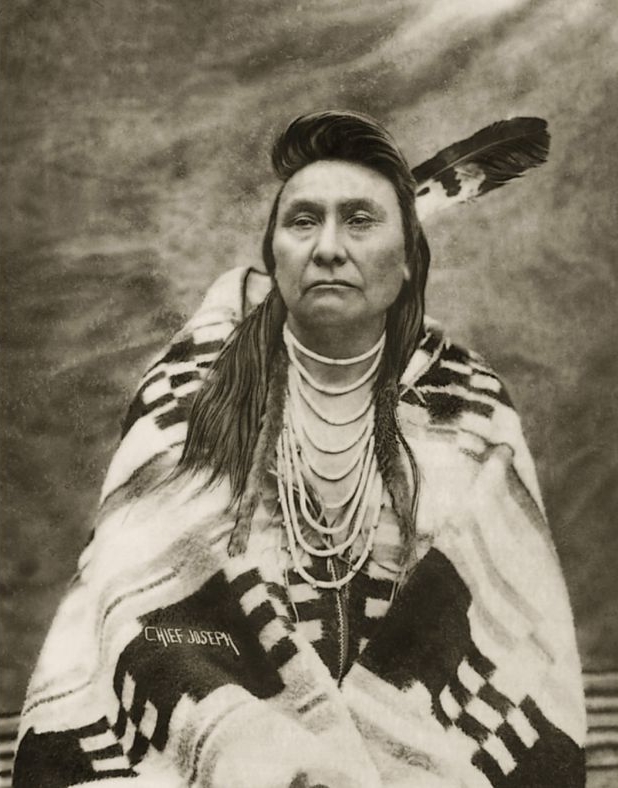Photo from Oregon Jewish Life: Headdresses at last year’s Wildhorse Powwow
Some say the Blue Mountains of Northeast Oregon, a vast lava flow that emanated from fissures in the earth, are the foothills of the Rockies. The escarpment rises abruptly from 1,000 feet at Pendleton to 3,600 at the top of Cabbage Hill on I-84.To the settlers emigrating on the Oregon Trail, the Blues were the penultimate barrier before reaching the Willamette Valley. To the Cayuse, Umatilla and Walla Walla, the 1855 Treaty Tribes of the Umatilla Indian Reservation east of Pendleton, they were and are the bountiful source of first foods, a place of recreation and, into the 19th century, a refuge from attack. To the Nez Perce, Chief Joseph Band, they blocked stockmen’s intrusion into the Wallowa Valley until the early 1870s....

